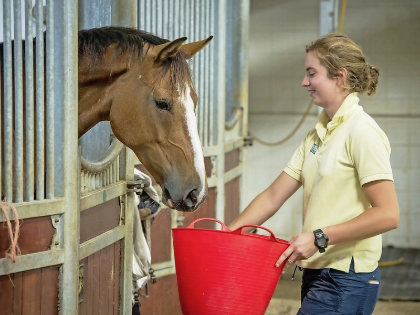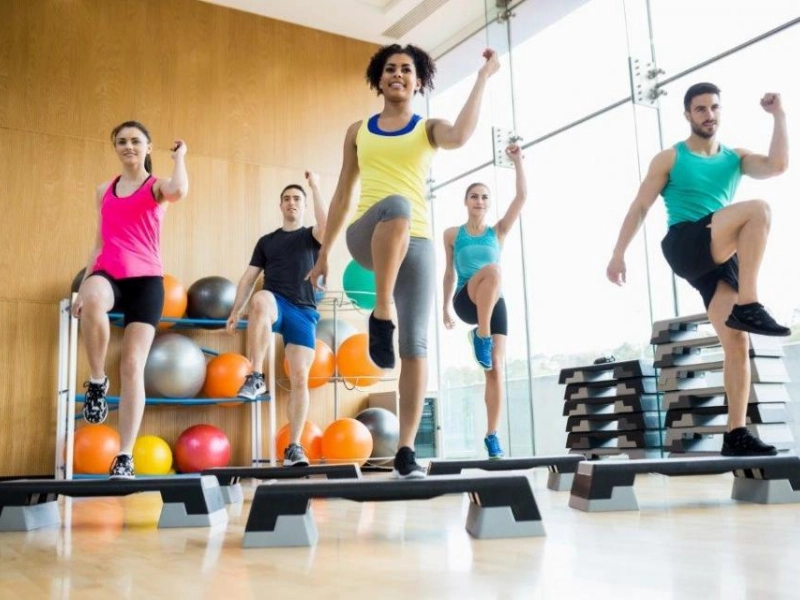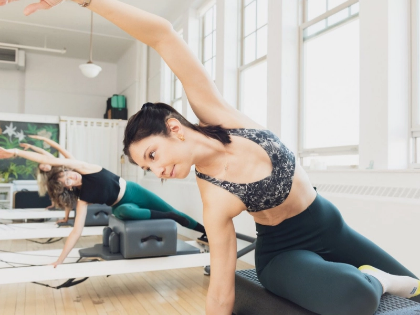Increasing Alignment in Yoga: Safer Yoga Practice Methods
Alignment-aware yoga practice shields you against pain, detrimental movement patterns, and injuries. It also aids in strengthening the bond between your body and mind. It takes practice and patience to develop body awareness. For novices, however, a few fundamental ideas are useful. They consist of:
1.Recognise Your Limitations
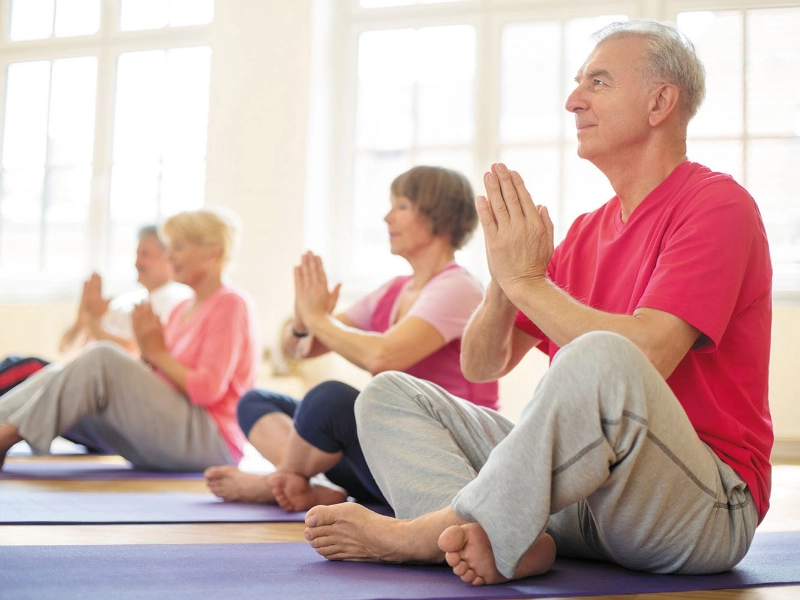
2. Examine Your Form
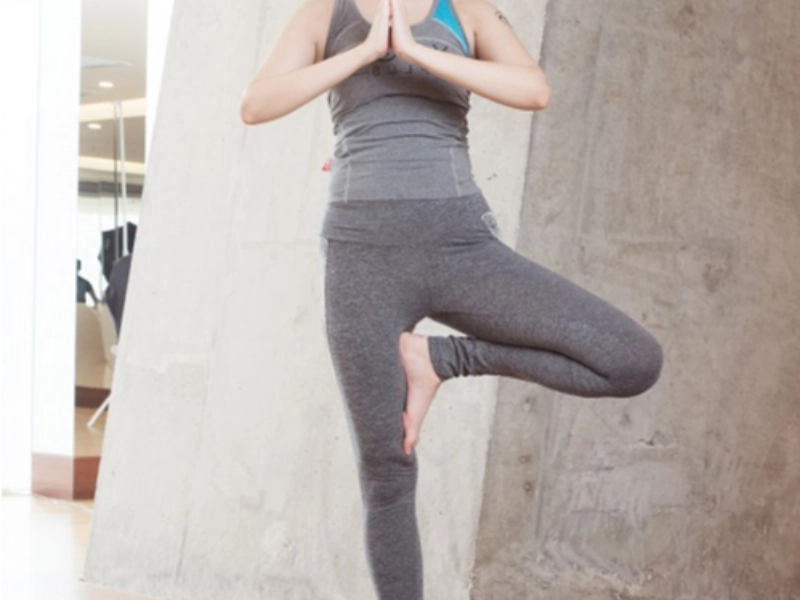 Yoga demands physical awareness from its practitioners. It's crucial to pause in a pose and assess how your actions have affected your body if you start to feel pain or discomfort. A painful condition may indicate that the bones have given way or that the muscles are straining too much.
Because proper alignment lessens the strain on joints and other supporting tissues, it can help prevent injuries. By making a position easier to achieve, it also enables the yoga student to reap greater benefits from it.
Sometimes misalignment makes a pose appear tough to execute. Students can learn how to correctly align their bodies in a pose by receiving feedback in the form of verbal instructions or even images like a mirror.
Yoga demands physical awareness from its practitioners. It's crucial to pause in a pose and assess how your actions have affected your body if you start to feel pain or discomfort. A painful condition may indicate that the bones have given way or that the muscles are straining too much.
Because proper alignment lessens the strain on joints and other supporting tissues, it can help prevent injuries. By making a position easier to achieve, it also enables the yoga student to reap greater benefits from it.
Sometimes misalignment makes a pose appear tough to execute. Students can learn how to correctly align their bodies in a pose by receiving feedback in the form of verbal instructions or even images like a mirror.
3. Request Assistance
 To assist students in correctly adopting positions, many yoga instructors provide verbal reminders or hands-on corrections. This is beneficial since yoga positions vary depending on the experience and skill level of the practitioner, and natural postures work best.
Unfortunately, the alignment rules taught in contemporary yoga teacher training programs may give rise to the misconception that yoga is more about appearances than it is about physical wellness. In Warrior 2 (Virabhadrasana II), for instance, achieving a 90-degree angle at the front knee is sometimes regarded as an example of aesthetic alignment, even though it is difficult or hard to achieve on your own.
Working with a qualified instructor is ultimately the greatest approach to improve your alignment. They will be able to tell you if you are benefiting your entire body from the poses and will assist you in breaking bad habits.
To assist students in correctly adopting positions, many yoga instructors provide verbal reminders or hands-on corrections. This is beneficial since yoga positions vary depending on the experience and skill level of the practitioner, and natural postures work best.
Unfortunately, the alignment rules taught in contemporary yoga teacher training programs may give rise to the misconception that yoga is more about appearances than it is about physical wellness. In Warrior 2 (Virabhadrasana II), for instance, achieving a 90-degree angle at the front knee is sometimes regarded as an example of aesthetic alignment, even though it is difficult or hard to achieve on your own.
Working with a qualified instructor is ultimately the greatest approach to improve your alignment. They will be able to tell you if you are benefiting your entire body from the poses and will assist you in breaking bad habits.
4. Employ accessories
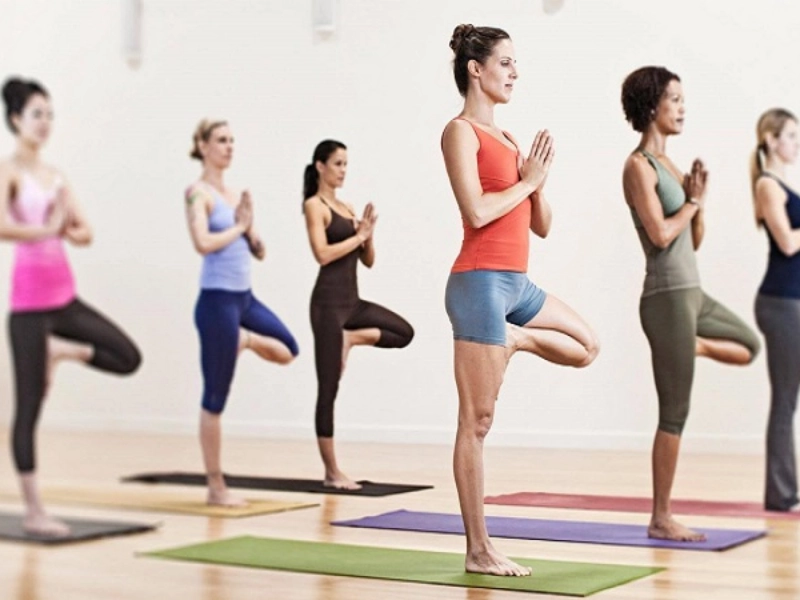 Using props is a terrific method to tune into your body when it comes to yoga alignment. Receiving feedback allows you to assess your posture and make any required corrections.
For instance, you can add stability and avoid overstretching your knees or thigh muscles by placing a block beneath your rear leg in Half-Moon Pose if it is too far out. Props can also be used to create an alignment base that can be strengthened and opened up further as the body opens up and becomes stronger in new ways. This will keep you safe and prevent injuries while enabling deeper practice.
Using props is a terrific method to tune into your body when it comes to yoga alignment. Receiving feedback allows you to assess your posture and make any required corrections.
For instance, you can add stability and avoid overstretching your knees or thigh muscles by placing a block beneath your rear leg in Half-Moon Pose if it is too far out. Props can also be used to create an alignment base that can be strengthened and opened up further as the body opens up and becomes stronger in new ways. This will keep you safe and prevent injuries while enabling deeper practice.
5. Alter
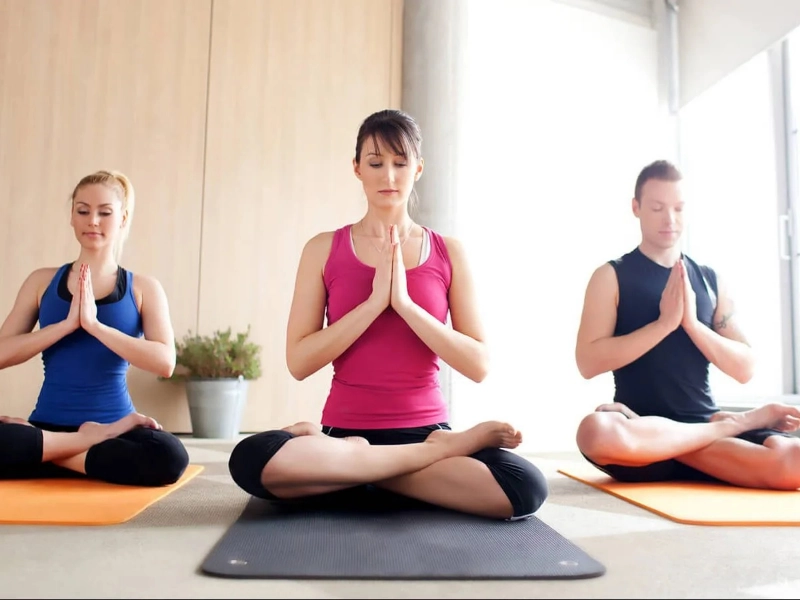 It's critical to have the ability to alter your yoga poses for safety. By doing this, you can avoid pushing your body into an unsupportable pose and instead strengthen the tighter portions of your body, which will help you achieve better posture. By taking into consideration your individual physical limitations and needs, posture modification is a continuous process as opposed to a complacent acceptance of a substandard condition or a pursuit of an idealised condition.
It's critical to have the ability to alter your yoga poses for safety. By doing this, you can avoid pushing your body into an unsupportable pose and instead strengthen the tighter portions of your body, which will help you achieve better posture. By taking into consideration your individual physical limitations and needs, posture modification is a continuous process as opposed to a complacent acceptance of a substandard condition or a pursuit of an idealised condition.

